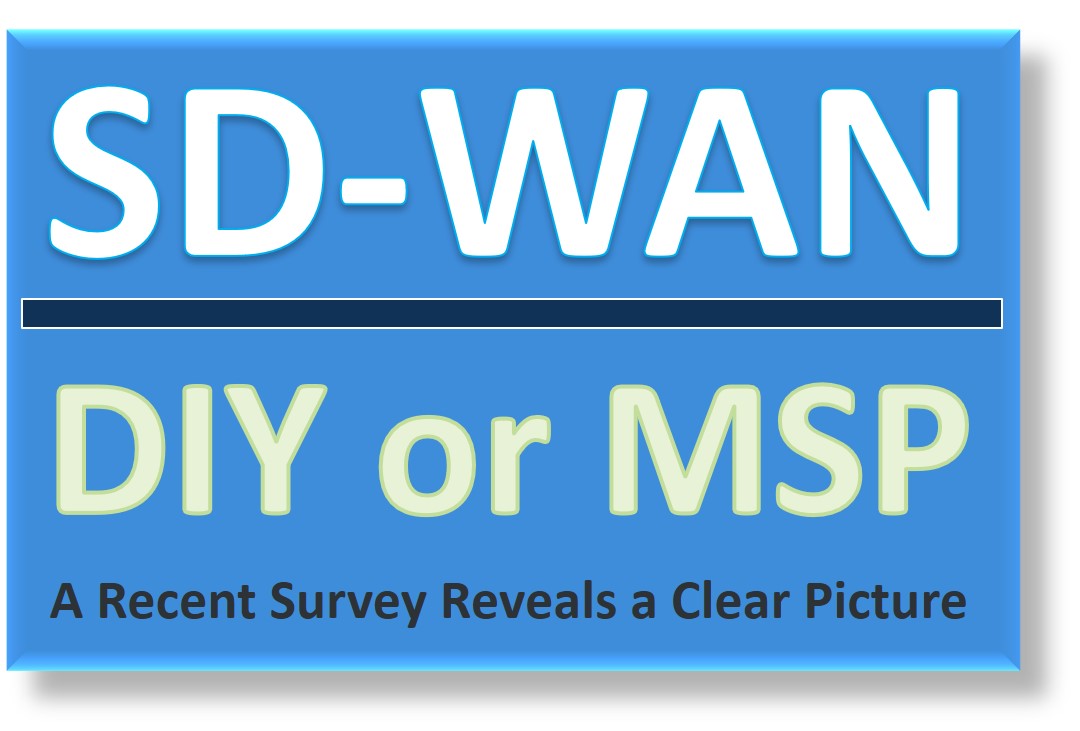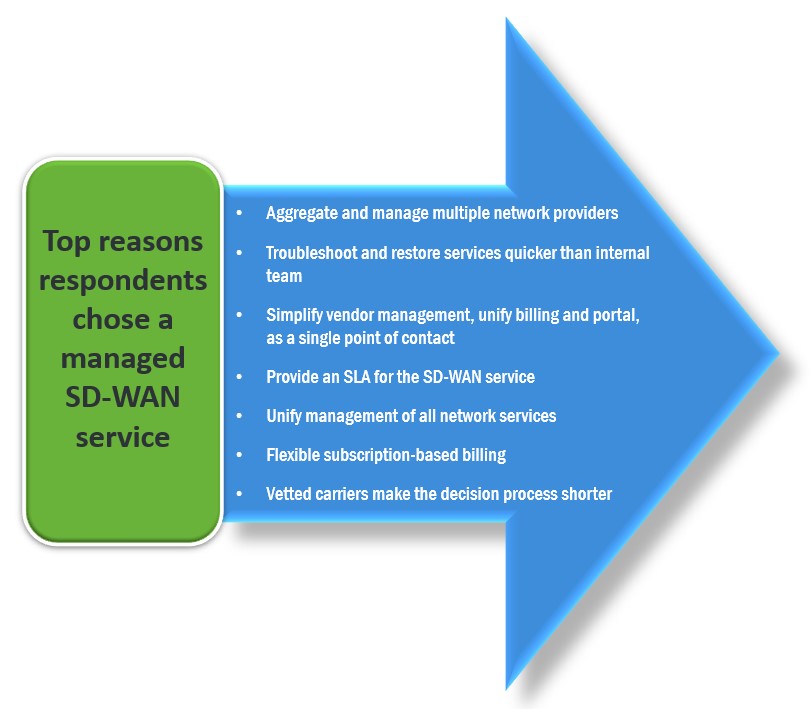
SD-WAN is a transformative technology that has seen rapid adoption by enterprises of all sizes and within diverse industries. The numerous benefits and advantages over traditional networks have been proven, from lowering costs and saving time, to greater network agility and freedom from carrier lock-in.
SD-WAN changes the game when it comes to consuming bandwidth and flexibly delivering applications. It has unwound network perimeters, by enabling the secure and reliable delivery of applications anywhere; whether in corporate data centers, globally distributed branch offices, and multi-clouds.
However, deploying and managing WAN infrastructure, whether, traditional or SD-WAN, is still a complicated endeavor. How SD-WAN is deployed and managed, can have long-term consequences.
There are two primary ways to deploy SD-WAN
To gain a better understanding of enterprise adoption strategies, the benefits of SD-WAN, and the criteria that network/IT decision-makers use in evaluating SD-WAN vendors, Frost & Sullivan conducted a survey in 2018. The resulting data and conclusions drawn from respondents from 350 companies, provides interesting insights regarding SD-WAN deployments in the United States.
One option is the do-it-yourself (DIY) approach, using an internal IT team. According to the Frost & Sullivan survey, the majority of current SD-WAN deployments are DIY. One reason a company might take this approach, is because they have a large IT staff and the ability to invest capital in on-site equipment. They may also feel it gives them more direct control over their WAN infrastructure.
However, they may not fully take into account the time and costs required for the integration, management and coordination of multiple carriers, transport deployments, and carrier NOC support organizations. SD-WAN inherently expands each of these, and multiplies the effort required to deploy, monitor, support, and coordinate everything, everywhere, in perpetuity. Perhaps this is why 75% of respondents indicated future SD-WAN deployments will be co-managed or fully managed services.
Another option is to use an SD-WAN managed service provider. You might think companies use a managed service provider because they don’t have the IT staff and resources to effectively deploy and manage everything over the long term. However, medium, and even large enterprises, are moving their WAN infrastructure to service providers, along with their applications and data center infrastructure.
IT cloud adoption plays a large role in these decisions, as IT realizes the many benefits and advantages of outsourcing to cloud, SaaS and IaaS services. In fact, 75% of survey respondents indicated that having cloud-based network management was a top criterion for choosing their SD-WAN vendor. Additionally, many savvy enterprises would rather not invest their valuable capital in on-site equipment. Alternatively, they prefer a more flexible subscription-based OpEx approach.
Deploying SD-WAN requires network planning and design, and procurement and provisioning of all the WAN circuits. The monitoring, management, and support of dozens, and even hundreds of WAN circuits, can be more than even large enterprises want to take on. It’s no small feat working with a multitude of service providers in different parts of the country, in different time zones, and even different countries, with different currencies. A managed service provider can simplify all of this, and even make the billing easier, by putting everything into a single invoice.
The survey indicates that 75% of respondents indicated they would prefer to use a managed service for their SD-WAN. More specifically, it is divided between fully-managed, with 54% of survey respondents, and co-managed, with 21%.

Mosaic’s SoftWave® SD-WAN as-a-Service transforms WAN infrastructure from a complicated, build-your-own model, to a simplified, fully -managed service model. Organizations can now focus on strategic projects that move business forward. Mosaic SoftWave SD-WAN is built around VMware SD-WAN by VeloCloud. Organizations worldwide have chosen Mosaic for a competitive technology advantage, and therefore, a competitive business advantage. Mosaic SoftWave SD-WAN as-a-Service provides SD-WAN technology, circuits, and other data and voice services, within a single point of contact.
Learn more about managed SD-WAN services




